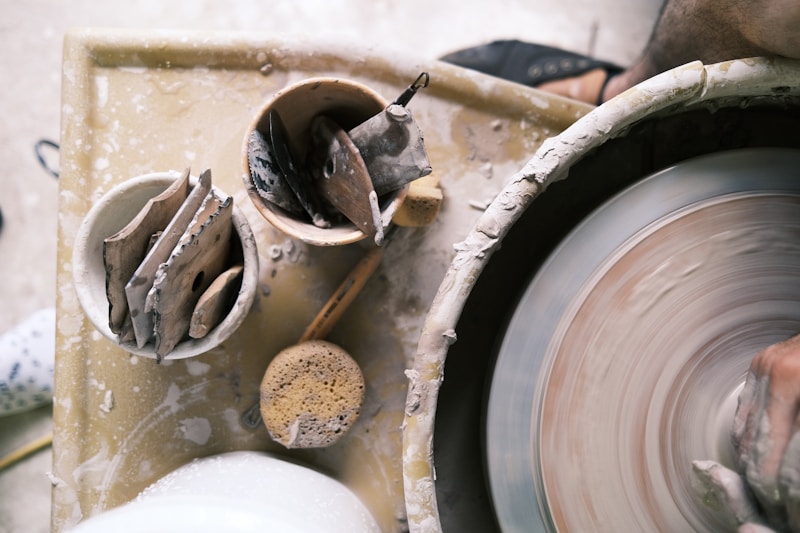9 Questions
What is the purpose of ceramic glaze?
What are the main groups of traditional glazes named after?
What are the different ways that glaze can be applied?
What is the purpose of lead(II) oxide (PbO) in ceramic glazes?
What is the potential environmental impact of barium carbonate (BaCO3)?
What is the purpose of chromium(III) oxide (Cr2O3) in ceramic glazes?
What is the potential environmental impact of uranium-based ceramic glazes?
Why are ceramic industries reluctant to use lead alternatives?
What is one potential consequence of glaze components being leached into the environment?
Summary
Fused Coating on Ceramic Objects:
- Ceramic glaze is a glassy coating on ceramics that is used for decoration and to make the item impermeable to liquids and pollutants.
- Glazing makes earthenware impermeable to water and gives a tougher surface, and is also used on stoneware and porcelain.
- Glazes may form a variety of surface finishes, including degrees of glossy or matte finish and color, and may enhance the underlying design or texture either unmodified or inscribed, carved or painted.
- The most important groups of traditional glazes, each named after its main ceramic fluxing agent, are lead, tin, and salt.
- Glaze may be applied by spraying, dipping, trailing, or brushing on an aqueous suspension of the unfired glaze.
- Historically, glazing of ceramics developed rather slowly, as appropriate materials needed to be discovered, and also firing technology able to reliably reach the necessary temperatures was needed.
- Glaze components are more likely to be leached into the environment when non-recycled ceramic products are exposed to warm or acidic water.
- Lead(II) oxide (PbO) is used primarily as a flux for its low melting range, wide firing range, low surface tension, high index of refraction, and resistance to devitrification.
- Barium carbonate (BaCO3) is used to create a unique glaze color known as barium blue, and is also somewhat soluble in acid, and can contaminate water and soil for long periods of time.
- Chromium(III) oxide (Cr2O3) is used as a colorant in ceramic glazes, and can undergo a reaction with calcium oxide (CaO) and atmospheric oxygen in temperatures reached by a kiln to produce calcium chromate (CaCrO4).
- Urania-based ceramic glazes are dark green or black when fired in a reduction or when UO2 is used; more commonly, it is used in oxidation to produce bright yellow, orange, and red glazes.
- Ceramic industries are reluctant to use lead alternatives since leaded glazes provide products with a brilliant shine and smooth surface.
Description
Test your knowledge on the fascinating world of ceramic glazes with our quiz on fused coatings on ceramic objects! From the origins of glazing to the different types of glazes and their components, this quiz will challenge your understanding of the art and science of ceramics. Discover the history of glazing, learn about the different techniques used to apply glazes, and explore the environmental impact of non-recycled ceramic products. Don't miss the chance to show off your expertise and impress your friends with your knowledge on

